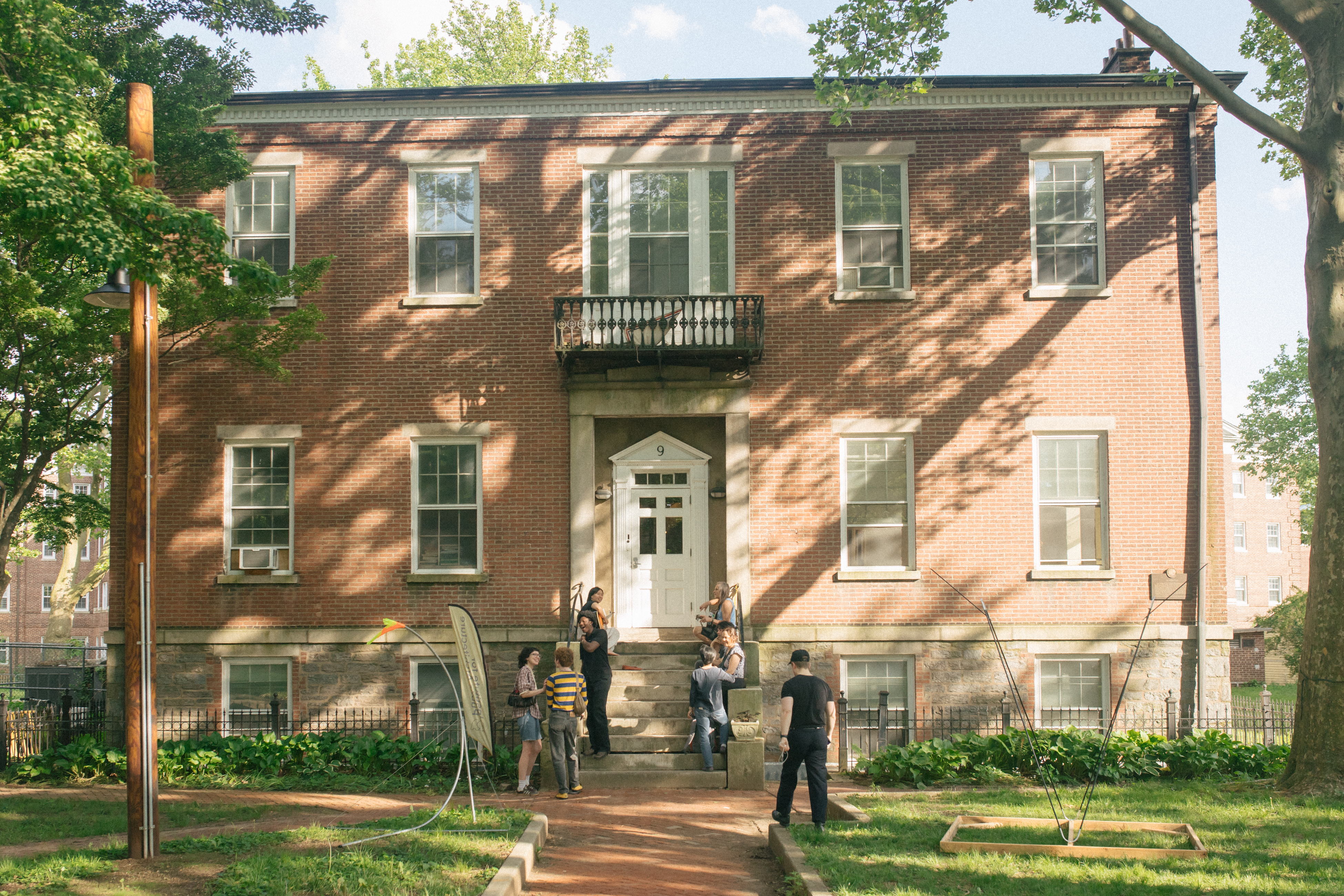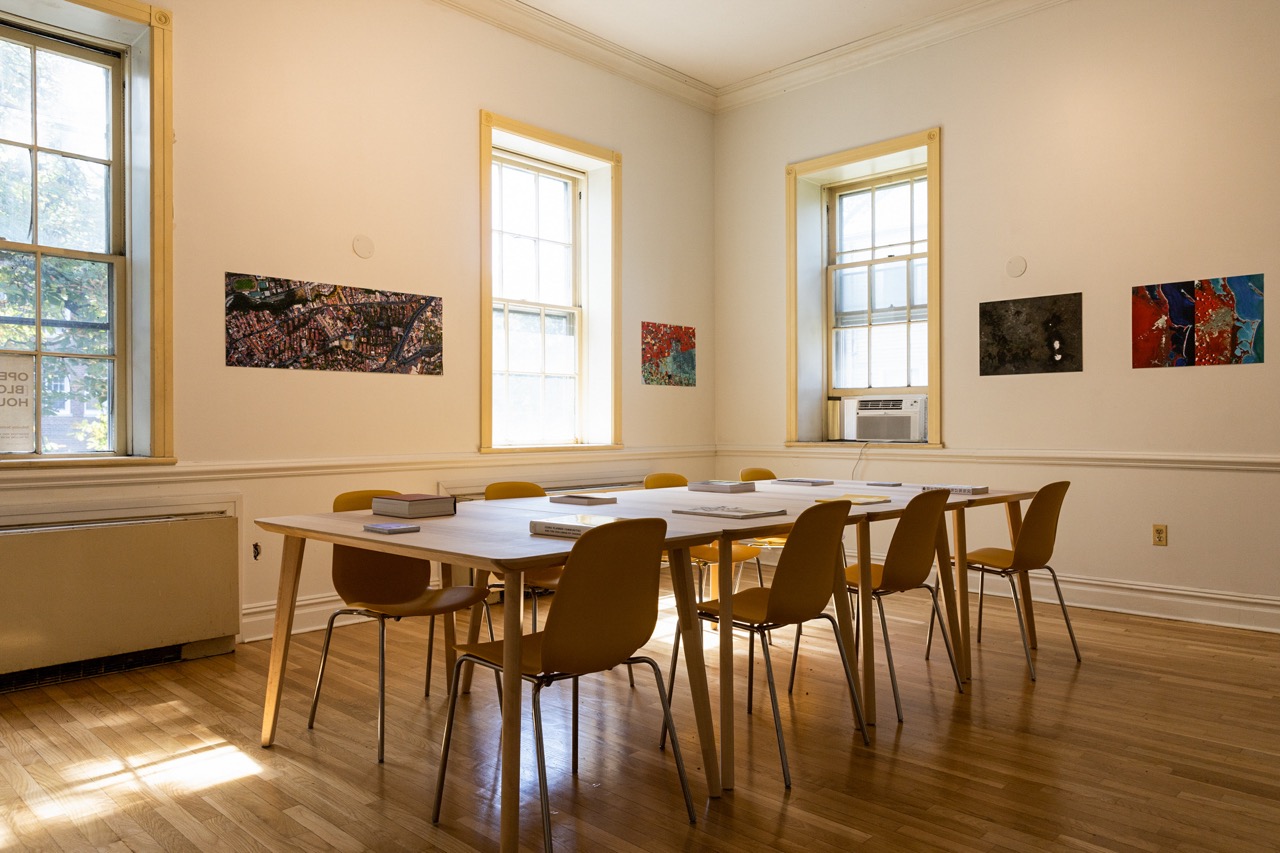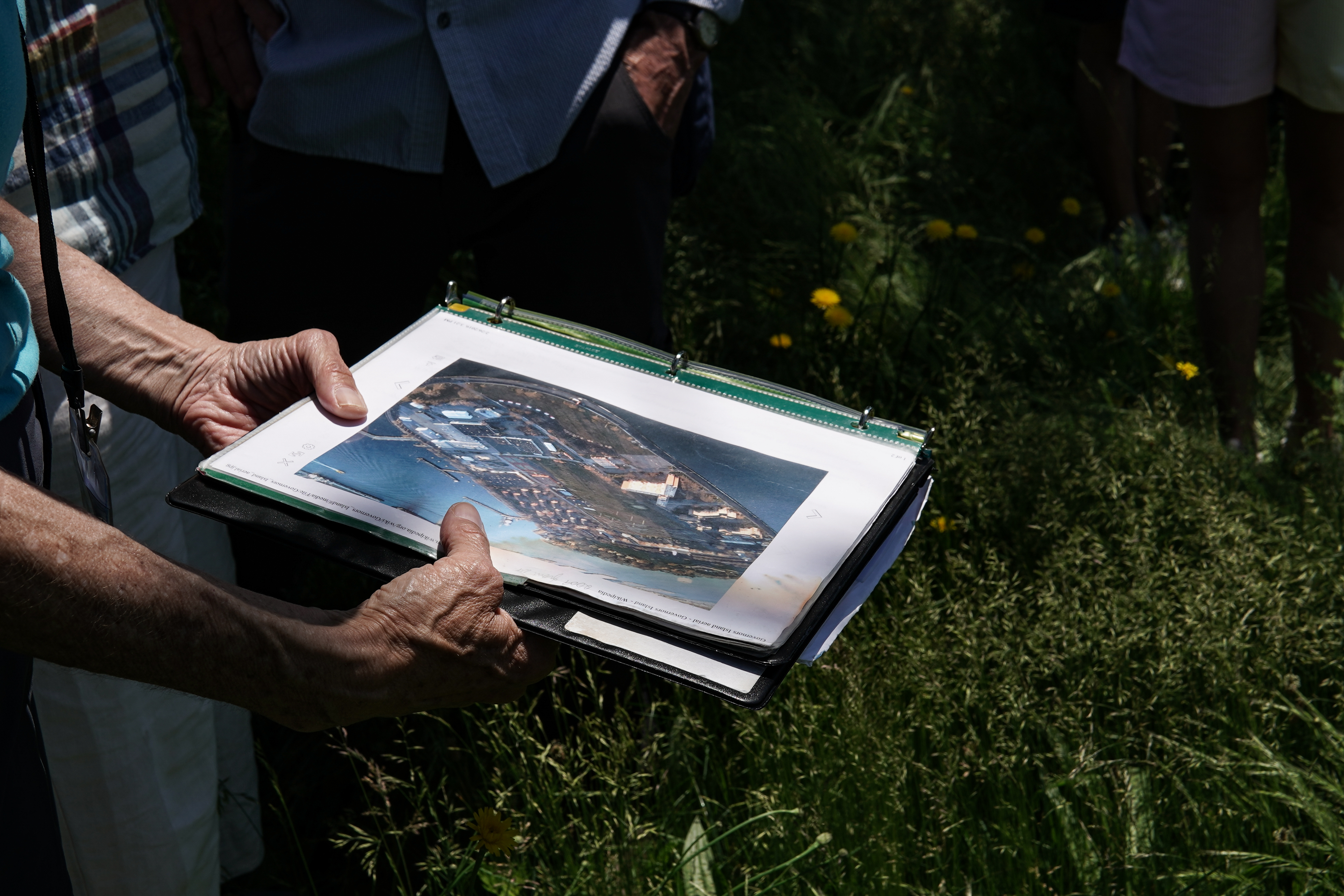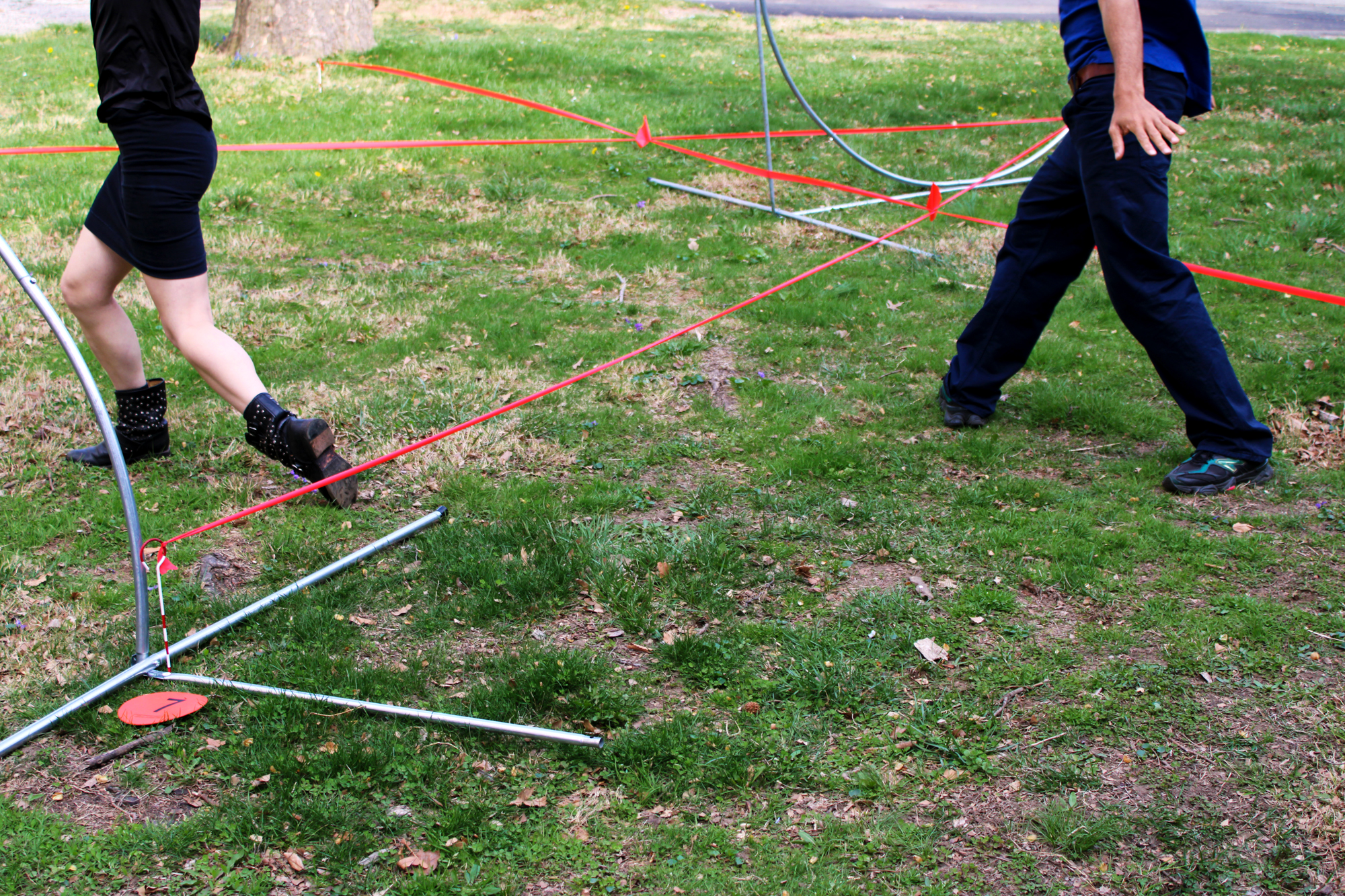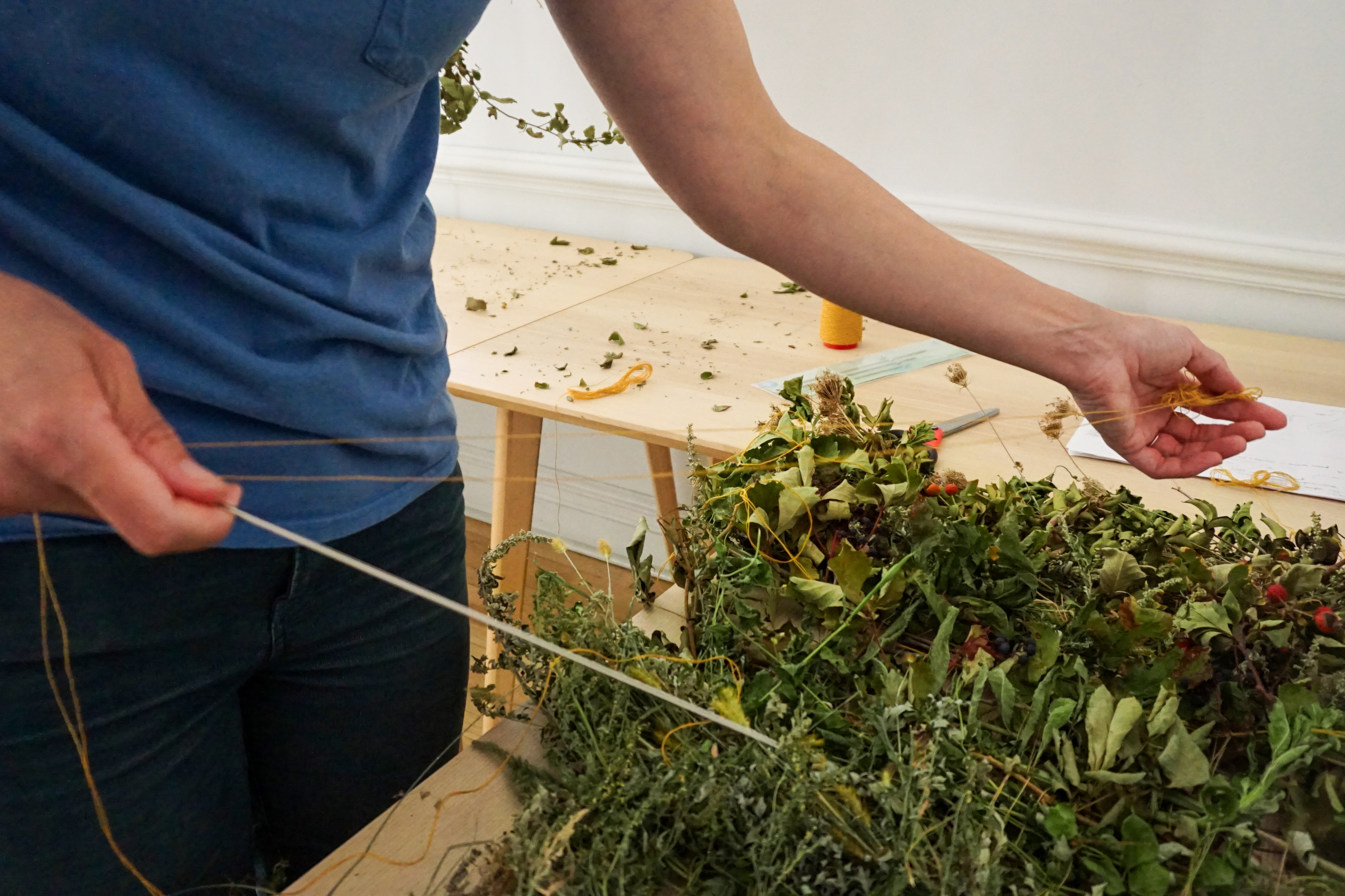2026 INDEPENDENT PROJECT RESIDENCY
at the Block House
Spring
March 1 - May 17, 2026
Summer
June 1 - August 17, 2026
Fall
September 1 - November 16, 2026
Applications will be accepted until January 9th at 11:59pm EST.
INTRODUCTION
The Institute for Public Architecture (IPA) welcomes applications for the 2026 Independent Project Residency based at the historic Block House on Governors Island.
The IPA Independent Project Residency program invites emerging and mid-career practitioners – whose work focuses on the public realm – to live and work during an eleven week live-in Residency at the IPA Block House on Governors Island. The Residency seeks to create new interdisciplinary opportunities for collective thinking by providing communal space for architects, urbanists, landscape architects, designers, artists, and researchers to live, work, and develop independent projects within the community of the residency.
Applicants will bring their own interests to the program and will have opportunities to engage with the public, interact with the context of Governors Island, and develop an activation to be displayed during a final culminating public event at the Block House.
IPA Fellows are among the first civilian residents to live on the Island since the Coast Guard’s exit in 1996. Fellows will enjoy unparalleled historic, natural, and urban resources with direct access to downtown Manhattan and waterfront Brooklyn neighborhoods via ferry. The IPA, a long-term tenant on Governors Island together with Billion Oyster Project, the Harbor School, Earth Matter, Beam Center and Lower Manhattan Cultural Council, is one of more than twenty arts, cultural, educational, and environmental nonprofit organizations operating on the Island, forming a unique community that connects with a diverse and growing audience of nearly one million annual visitors.
The IPA Independent Project Residency program invites emerging and mid-career practitioners – whose work focuses on the public realm – to live and work during an eleven week live-in Residency at the IPA Block House on Governors Island. The Residency seeks to create new interdisciplinary opportunities for collective thinking by providing communal space for architects, urbanists, landscape architects, designers, artists, and researchers to live, work, and develop independent projects within the community of the residency.
Applicants will bring their own interests to the program and will have opportunities to engage with the public, interact with the context of Governors Island, and develop an activation to be displayed during a final culminating public event at the Block House.
IPA Fellows are among the first civilian residents to live on the Island since the Coast Guard’s exit in 1996. Fellows will enjoy unparalleled historic, natural, and urban resources with direct access to downtown Manhattan and waterfront Brooklyn neighborhoods via ferry. The IPA, a long-term tenant on Governors Island together with Billion Oyster Project, the Harbor School, Earth Matter, Beam Center and Lower Manhattan Cultural Council, is one of more than twenty arts, cultural, educational, and environmental nonprofit organizations operating on the Island, forming a unique community that connects with a diverse and growing audience of nearly one million annual visitors.
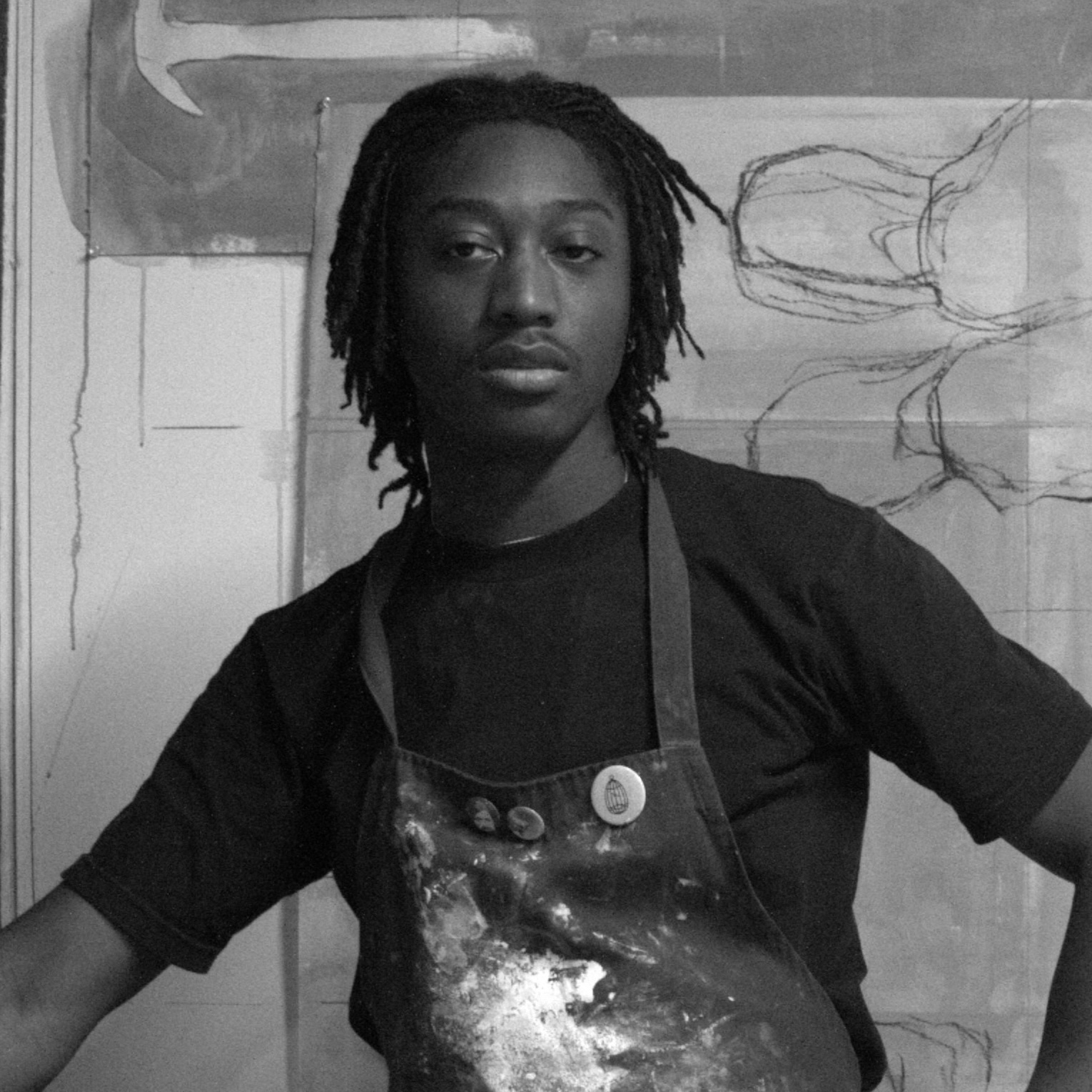
“I was able to experiment and cycle through many ideas during my residency- the IPA offered an ideal space to develop and experiment without a heavy demand to produce a finished product.”
Josue Bessiake, ‘25 Fellow
Josue Bessiake, ‘25 Fellow
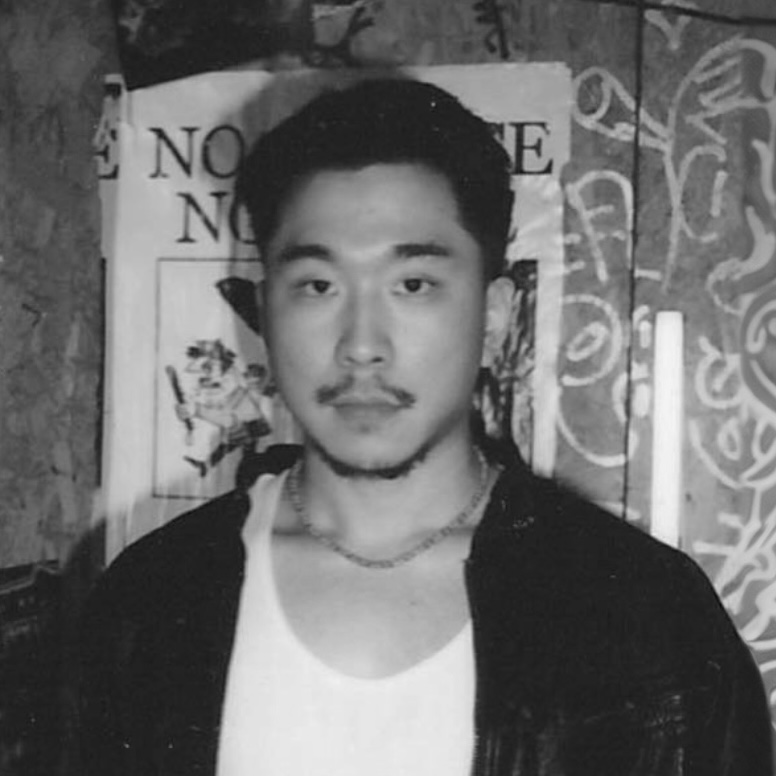
“I would not have been able to pull off this project without the support from the IPA staff and the absolutely generous fellow residents. Also the fact that the open houses coincided with other large events on the island, which brought many visitors who would never have encountered my work otherwise, was very special and is rare for other art residencies. I really enjoyed the chance encounters and talking to the broader local community. Being in proximity to NYC and having the luxury of nighttime silence and solitude was delightful.”
Kii Kang, ‘25 Fellow
Kii Kang, ‘25 Fellow
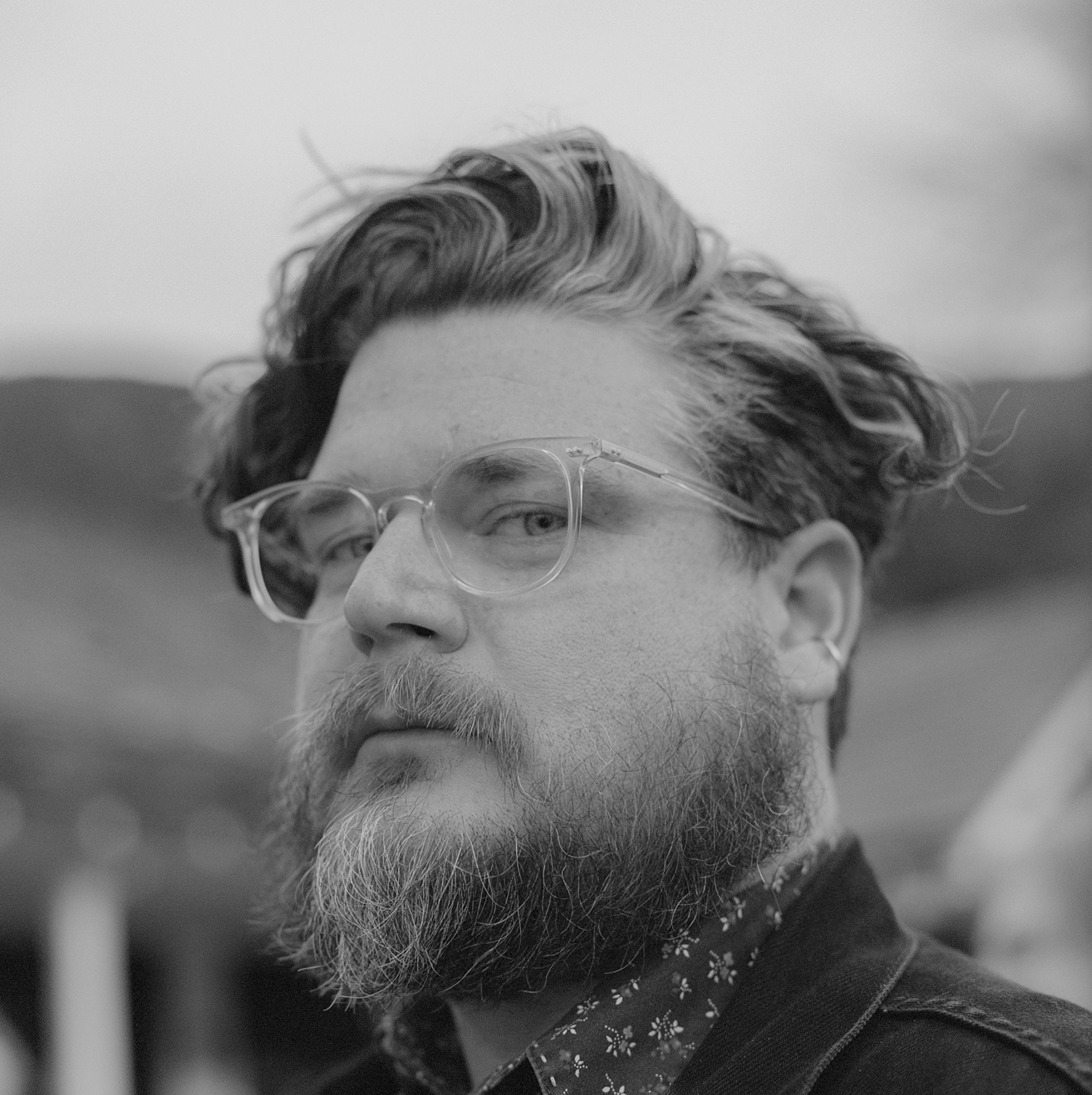
“During our final exhibition, I remarked how unusual it is to live on an island in New York for 11 weeks. Someone noted that it might be one of the most unique experiences you can have in the city—and possibly even in the country. I’m grateful for my time there, for my cohort of fellows, and for the IPA staff. Being a Fellow gave me access to explore new ideas, engage with new people, and face just enough obstacles to keep me creatively sharp. Not having the amenities of my home studio pushed me toward problem-solving, which led to new communities, lasting relationships, and unexpected opportunities.”
David Johnson, ‘25 Fellow
David Johnson, ‘25 Fellow
WHO SHOULD APPLY
The Residency program is open to local and global applicants from diverse backgrounds, educations, experiences, and aspirations at any stage of their career. Applicants may be practitioners working across disciplines, with an emphasis on the public realm. The program is especially well-suited for those on sabbatical or with funded projects. The program is not open to current students.
The Independent Project Residency program is intended for applicants with a clearly developed focus and/or approach who need time and space to work independently within the context of a unique and supportive communal environment. During the Summer and Fall seasons, public programming and visitor traffic is high and fluctuates according to weather. As temperatures drop towards the later Fall months, public traffic will give way to a quieter and slower period.
Fellows will have the opportunity for public engagement while also enjoying a degree of solitude and productive separation from the fast pace of NYC, with access via ferry after public hours. The IPA Block House provides comfortable living accomodations alongside ample space to conduct research within the communal Studio and Library. Fellows are encouraged to skill-share and engage with their cohort through both planned and spontaneous activities throughout the Residency.
Although collaborators may apply, each applicant must complete an individual application and will be evaluated separately, with no guarantee that both collaborators will be selected.
︎︎︎ Meet previous Fellows
The Independent Project Residency program is intended for applicants with a clearly developed focus and/or approach who need time and space to work independently within the context of a unique and supportive communal environment. During the Summer and Fall seasons, public programming and visitor traffic is high and fluctuates according to weather. As temperatures drop towards the later Fall months, public traffic will give way to a quieter and slower period.
Fellows will have the opportunity for public engagement while also enjoying a degree of solitude and productive separation from the fast pace of NYC, with access via ferry after public hours. The IPA Block House provides comfortable living accomodations alongside ample space to conduct research within the communal Studio and Library. Fellows are encouraged to skill-share and engage with their cohort through both planned and spontaneous activities throughout the Residency.
Although collaborators may apply, each applicant must complete an individual application and will be evaluated separately, with no guarantee that both collaborators will be selected.
︎︎︎ Meet previous Fellows
PROGRAM GOALS
This program is designed for applicants with research and design projects at any stage of development who would benefit from sharing their work in the collective, interdisciplinary context of the Residency. To that end, time will be set aside throughout the Residency for Fellows to present and discuss their work with the cohort, IPA staff, guests, and the public.
During the Residency, Fellows’ work can be presented in any format: academic papers, articles, and/or book chapters, film, sound, installations, drawings, models, and other media. The program will culminate in an exhibition at the Block House, and Fellows’ work will be published on the IPA’s digital channels and website.
During the Residency, Fellows’ work can be presented in any format: academic papers, articles, and/or book chapters, film, sound, installations, drawings, models, and other media. The program will culminate in an exhibition at the Block House, and Fellows’ work will be published on the IPA’s digital channels and website.
PROGRAM STRUCTURE
The Independent Project Residency offers applicants the opportunity to bring their own interests and projects to New York City, with its vast network of expertise and leadership in the fields of architecture, art, technology, and design. Fellows will present the progress of their work to the public at Open [Block] House events throughout the Residency. Each Fellow will also have the opportunity to engage directly with local community and social practices within the IPA’s network, further building on the IPA’s mission of using design to address social, physical and environmental inequities in New York City.
Programming includes:
︎︎︎ See previous programs
Programming includes:
- Open [Block] House: a series of public events at the Block House that welcome visitors and invited guests to engage in conversation and review project progress with Fellows.
- Open Library: The Block House library is open to the public during Open [Block] House Saturdays. Fellows may organize to run specific workshops, or additional programming during the residency. Programming proposals should be discussed with the Residency Director.
- IPA TEST KITCHEN: In 2025 the Institute for Public Architecture (IPA) launched the TEST KITCHEN Dinner Series Program at the Block House as part of the Independent Project Residency. TEST KITCHEN, a food-focused event series, creates informal structures for exploring communal food experience, experimental cooking techniques, sustainable farming, and more.
- Public Programs at the Block House: A series of public events are held throughout the year at the Block House. Fellows are encouraged to attend and take part in a diverse line-up of events.
- Culminating Activation at the Block House: Fellows participate in a culminating exhibition event that is open to the public.
︎︎︎ See previous programs
SELECTION
An Independent Selection Committee composed of experts within the fields of architecture and design will review applications. Applicants should make clear how they and their proposed project will benefit from being based at the Block House on Governors Island and its larger connections to New York City; preference will be given to project proposals that do so. Selection of Fellows will also be based on the applicant’s experience, intent, and relevance of their project to the IPA’s mission of addressing social, physical and environmental inequities in the city. The Selection Committee will be announced soon.
FELLOW RESPONSIBILITIES
The Independent Project Residency centers on the values of communal living and shared creative development. The residency is self-led and oriented towards practitioners seeking to develop a specific project or trajectory that will benefit from the cross-disciplinary dialogue of engaging with the Fellow cohort.
Life at the Block House is a shared experience and living with others is core part of the Residency structure.
Fellows will be expected to:
Life at the Block House is a shared experience and living with others is core part of the Residency structure.
Fellows will be expected to:
- Live and work collectively with other Fellows, regularly engaging in communal cohort activities.
- Purchase their own groceries and any other personal items throughout the Residency (with the exception of occasional catered events).
- Keep private and communal areas tidy. This program requires communal caretaking of the Block House.
- Participate in public presentations of work.
- Submit work completed during the Residency to the IPA before the conclusion of the program.
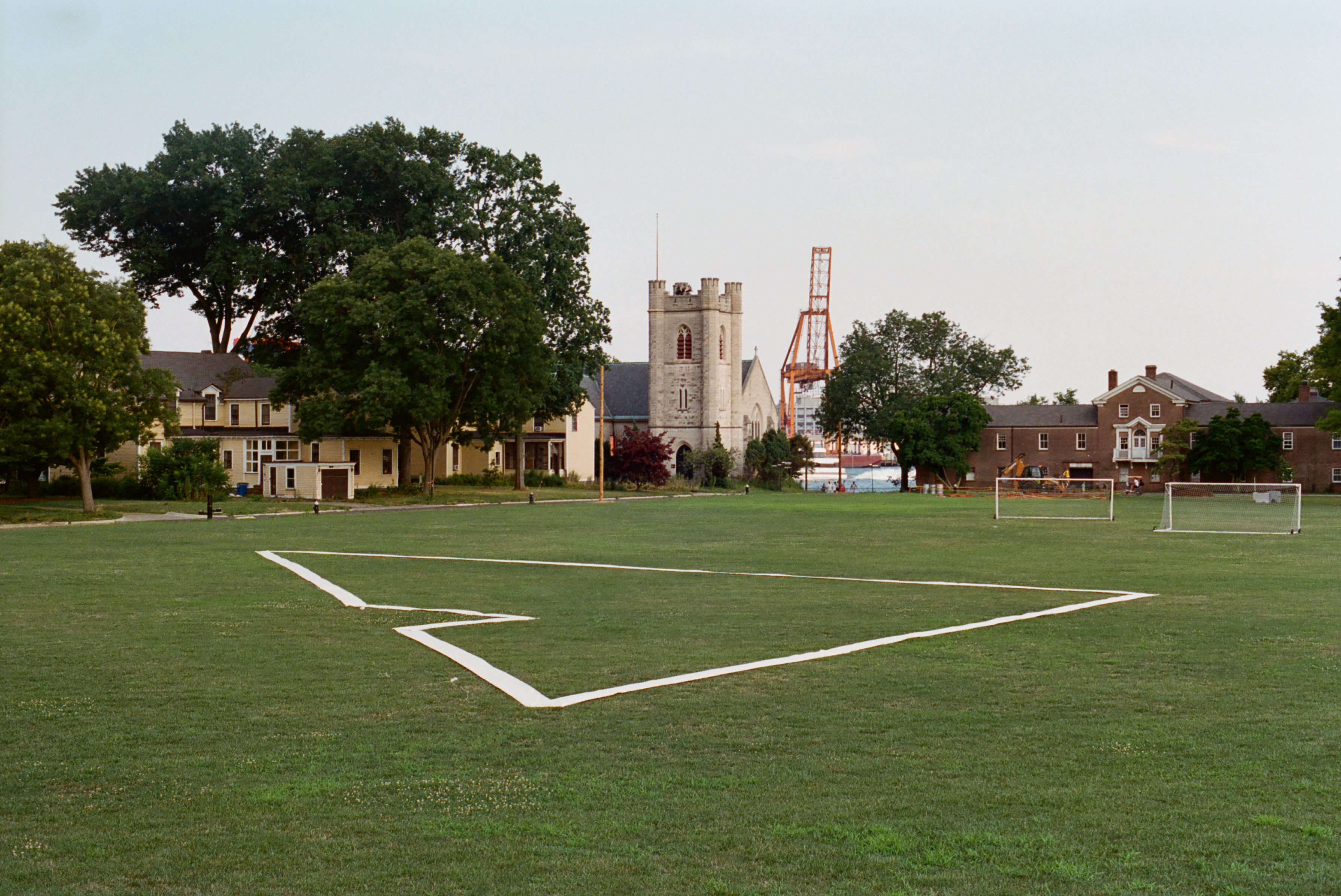

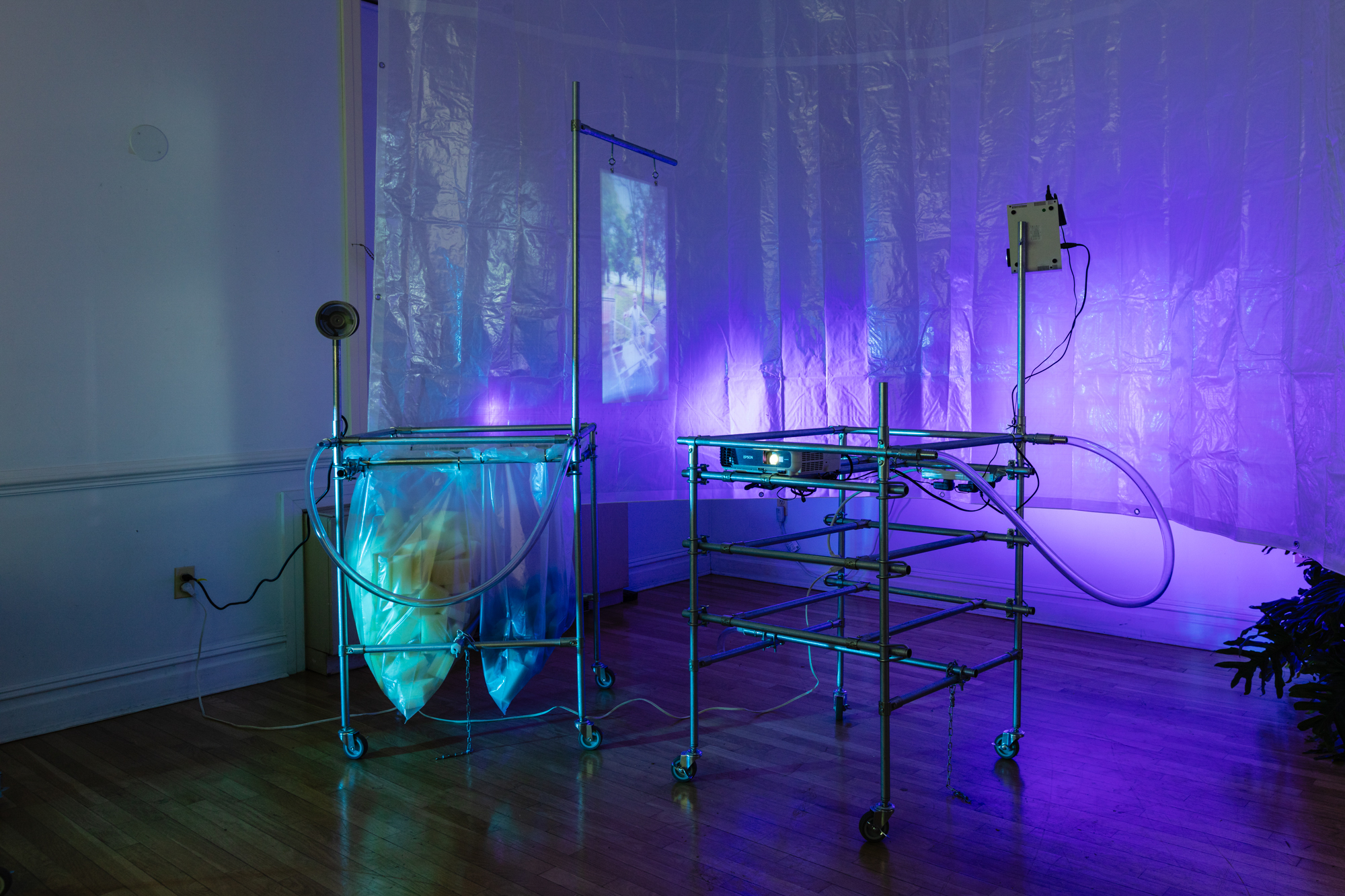
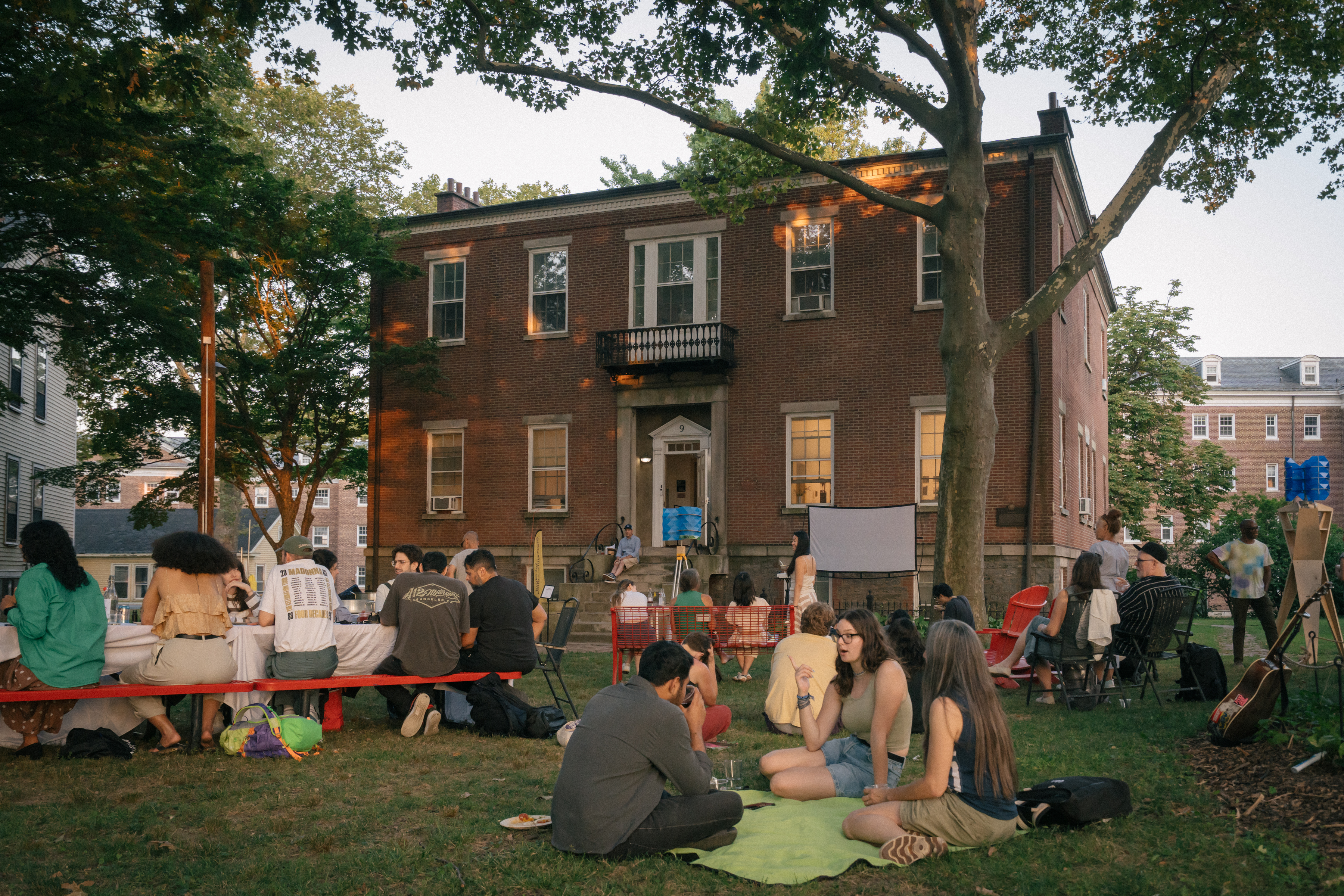


SELECTION COMMITTEE
MIYA OSAKI
Chair of MFA Design for Social Innovation SVA
V. MITCH MCEWEN
Princeton University + Director of Black Box
DOMINIC LEONG
Founder of Leong-Leong
GABRIELLE ESPERDY
Dean of Hillier College of Architecture and Design NJIT
CURRY HACKETT
NYU Steinhardt School of Culture, Education, and Human Development
CHONG GU
Syracuse University + 2025 IPA Fellow
PRACTICAL INFO
DURATION
Each Independent Project Residency runs for 11 weeks:
Spring
March 1 - May 17, 2026
Summer
June 1 - August 17, 2026
Fall
September 1 - November 16, 2026
Spring
March 1 - May 17, 2026
Summer
June 1 - August 17, 2026
Fall
September 1 - November 16, 2026
HOW TO APPLY
Applicants should submit the following documentation through the online form. Links to outside websites or files are not accepted and will not be considered in the review process.
︎︎︎ Apply Here
- Statement of interest: Describe (1) how you would use your time at the Residency, (2) the relevance of the Block House and New York City to your proposed project, and (3) how living/working on Governors Island may benefit your work. (maximum 500 words)
- Research/Design proposal: Summary of the research or design work to be developed during the Residency program. Work can be ongoing or a new endeavor. (maximum 500 words)
- References: Two references with full name and current email addresses. Recommendation letters are not required.
- Curriculum vitae. (PDF format, maximum 5MB)
- Work samples: Relevant research or work samples and/or portfolio. (PDF format, maximum 10MB)
︎︎︎ Apply Here
RESIDENCY FEE
The 2026 Residency Fee consists of two parts; the Program Fee and the Room Fee.
Spring fixed program fee:
$3350
Summer fixed program fee:
$3850
Fall fixed program fee:
$3600
The Room Fee ranges from $2,700–$3,000.
All Fellows are required to pay both fees to attend the Residency, although the Room Fee varies depending on the room selected by the Fellow. In total, the cost of attending the 2026 Residency will range from $6,050 to $6,850.
Once applicants are invited to join the program, a non-refundable deposit of $1,000 is required to secure a spot in the Residency. The remaining balance is due in advance prior to the beginning of the program. Room selection occurs at the time of the payment of deposit first-come, first-serve. The $1,000 deposit is applied towards the Room Fee.
Fellows are encouraged to seek partial or full financial support from their institutions or other funding sources to offset the Program and Room Fees. The IPA has assembled a preliminary list of funding sources for applicants here.
Spring fixed program fee:
$3350
Summer fixed program fee:
$3850
Fall fixed program fee:
$3600
The Room Fee ranges from $2,700–$3,000.
All Fellows are required to pay both fees to attend the Residency, although the Room Fee varies depending on the room selected by the Fellow. In total, the cost of attending the 2026 Residency will range from $6,050 to $6,850.
Once applicants are invited to join the program, a non-refundable deposit of $1,000 is required to secure a spot in the Residency. The remaining balance is due in advance prior to the beginning of the program. Room selection occurs at the time of the payment of deposit first-come, first-serve. The $1,000 deposit is applied towards the Room Fee.
Fellows are encouraged to seek partial or full financial support from their institutions or other funding sources to offset the Program and Room Fees. The IPA has assembled a preliminary list of funding sources for applicants here.
PROGRAM FEE BREAKDOWN
The Program Fee covers:
The Room Fee covers:
- Registration and administrative overhead
- Cohort activities, including a curated Dinner series, public events, and a final exhibition at the Block House
- Occasional communal meals and get togethers
- In-house program and facilities staff
The Room Fee covers:
- A private bedroom with individual climate control, supplied with a full (double) bed, pillows, sheets, towel and closet
- A personal desk and chair in the communal studio area with a lockable cabinet
- Shared bathrooms and in-house laundry with washer and dryer
- A fully-equipped shared kitchen and dining room
- Common workspaces and living areas
- Outdoor areas adjacent to the house with tables, chairs and open space
- High-speed internet within the Block House
- 24-hour Island security
- Unlimited ferry rides between Governors Island and Manhattan (ferries from Brooklyn are not included)
PROGRAM FEE WAIVERS
We understand that the cost of the Residency might be a barrier to entry for some applicants. The IPA offers a very limited number of need-based partial Program Fee Waivers (PFW). The aim of the PFW is to address systemic barriers that some applicants may face. Applicants may apply for a PFW for any reason. Any information submitted will remain confidential for the use of the IPA in determining an applicant’s need for financial support. Successful applicants will be informed if they have been awarded a partial PFW when they are notified of their acceptance to the Residency.
PFWs are evaluated separately from the rest of the application and submitting a request will not negatively affect an application. Please note we are currently unable to waive the Room Fee due to high facility costs.
If you are interested in applying for a PFW, please include a 500–750 word letter that describes your need and outlines how a PFW would support your project throughout the Residency. Requests must be submitted through the application and will not be considered after the general Open Call deadline.
PFWs are evaluated separately from the rest of the application and submitting a request will not negatively affect an application. Please note we are currently unable to waive the Room Fee due to high facility costs.
If you are interested in applying for a PFW, please include a 500–750 word letter that describes your need and outlines how a PFW would support your project throughout the Residency. Requests must be submitted through the application and will not be considered after the general Open Call deadline.
FUNDING RESOURCES
Please visit the IPA Guide to Funding Opportunities here. This collection of listings includes a combination of grants, awards and scholarships, as well as other funding guides This guide is a starting point for IPA Fellows and is not meant to be an exhaustive list. Fellows are encouraged to conduct their own research for additional opportunities.
PROGRAM CONCLUSION
At the end of the Residency, Fellows’ work will be submitted to the IPA for publication on digital channels and the website. During the Residency, Fellows should expect to receive feedback from invited guests. The final exhibition will be documented and shared publicly. As an independent program, no official qualifications or diplomas are awarded.
VEHICLE ACCESS
Governors Island is a predominantly car-free space, with very limited vehicle access. Fellows will not be able to bring or use a vehicle on the Island during the Residency period. There are no stores on Governors Island; all groceries and other items must be purchased on the mainland and brought to the Island. Hand carts are available for Fellow use.
NOTES
Upon request, the IPA can supply successful applicants with documentation of their invitation to participate in the Residency that may be used to apply for a Visa, grants or other related matters. The IPA is unable to directly assist with or provide Visas to international applicants. Please consult the Department of State’s website for more information on Visa requirements.
Materials submitted for and resulting from the Residency may be retained for use by the IPA for exhibition, publication, and promotional purposes, without compensation. The Fellow will retain full copyright of all materials resulting from the Residency unless otherwise stated. The IPA will not be held liable for any damages, errors or omissions.
By participating in the program, Fellows agree to be photographed and/or filmed and give permission to use their likeness in promotional and/or marketing materials.
At this time, the Block House is unable to accommodate Fellows’ families, domestic partners, or pets.
Materials submitted for and resulting from the Residency may be retained for use by the IPA for exhibition, publication, and promotional purposes, without compensation. The Fellow will retain full copyright of all materials resulting from the Residency unless otherwise stated. The IPA will not be held liable for any damages, errors or omissions.
By participating in the program, Fellows agree to be photographed and/or filmed and give permission to use their likeness in promotional and/or marketing materials.
At this time, the Block House is unable to accommodate Fellows’ families, domestic partners, or pets.
INQUIRIES
ISLAND LIFE
THE BLOCK HOUSE
Fellows will live and work in a landmarked Greek Revival building designed in the 1840s by architect Martin E. Thompson. During the decades when Governors Island was a U.S. military base, the Block House served as a General’s headquarters, Officers’ quarters and hospital. The Block House contributes to the vibrant, culturally diverse and verdant Nolan Park and is one of the oldest structures on the Island.
The IPA has restored and equipped the Block House to support the Residency and create a productive environment for living and working.
︎︎︎ Learn more about the Block House
The IPA has restored and equipped the Block House to support the Residency and create a productive environment for living and working.
︎︎︎ Learn more about the Block House
GOVERNORS ISLAND
Governors Island is a 172-acre Island in the heart of New York Harbor. Just minutes from Lower Manhattan and the Brooklyn waterfront by ferry, the Island is a popular destination open to visitors year-round. An award-winning park complements the Island’s historic buildings, educational and cultural facilities, rich arts and culture programs, and 22-acre National Monument. The Island features expansive open space, playgrounds, several dining and food-truck options, historic sites, trails, bicycle rentals, an urban farm, athletic fields, birdwatching, and sweeping views of the New York and New Jersey skylines.
The Block House is currently the only building on Governors Island that supports short-term overnight accommodations for cultural and academic purposes. As such, Fellows will enjoy exclusive access to the Island beyond its regular operating hours.
Current tenants include the Lower Manhattan Cultural Council, Urban Assembly New York Harbor School, Billion Oyster Project, Beam Center, QC New York Spa, Earth Matter and many more seasonal organizations-in-residence. You can see a full list here.
The Block House is currently the only building on Governors Island that supports short-term overnight accommodations for cultural and academic purposes. As such, Fellows will enjoy exclusive access to the Island beyond its regular operating hours.
Current tenants include the Lower Manhattan Cultural Council, Urban Assembly New York Harbor School, Billion Oyster Project, Beam Center, QC New York Spa, Earth Matter and many more seasonal organizations-in-residence. You can see a full list here.
HISTORY
The Island was referred to as Paggank (Nut Island) by the indigenous Lenape of the Manhattan region, after its plentiful hickory, oak and chestnut trees. With the arrival of the Dutch West India Company in 1624, the Island was confiscated and renamed “Noten Eylandt” and a small fort and sawmill was constructed. In 1664 the English captured New Amsterdam and took Nutten Island (the British mispronunciation of the Island) transforming it into a fort and garrison, eventually renaming it Governors Island and reserving it for the “benefit and accommodation of His Majesty’s Governors.”
After the American Revolution, the State of New York took control of the Island as part of an effort to fortify coastal defenses and constructed Fort Jay. In 1800, New York transferred the Island to the US government for military use. In 1966, the Island was transferred to the US Coast Guard, becoming a self-contained residential community with a population of over 3,000. As a cost cutting measure, the Coast Guard closed its facilities and relocated all personnel in 1996. In 2003, the Island was transferred back to the City and State of New York, with a provision that it be used for the public benefit. Today three entities act as stewards and advocates for the Island: The Trust for Governors Island, the National Park Service and the Friends of Governors Island.
We take a moment here to acknowledge the Lenape peoples and other Indigenous caretakers of this Island and its waters; to the elders who have lived here and to the future stewards that may come.
After the American Revolution, the State of New York took control of the Island as part of an effort to fortify coastal defenses and constructed Fort Jay. In 1800, New York transferred the Island to the US government for military use. In 1966, the Island was transferred to the US Coast Guard, becoming a self-contained residential community with a population of over 3,000. As a cost cutting measure, the Coast Guard closed its facilities and relocated all personnel in 1996. In 2003, the Island was transferred back to the City and State of New York, with a provision that it be used for the public benefit. Today three entities act as stewards and advocates for the Island: The Trust for Governors Island, the National Park Service and the Friends of Governors Island.
We take a moment here to acknowledge the Lenape peoples and other Indigenous caretakers of this Island and its waters; to the elders who have lived here and to the future stewards that may come.

